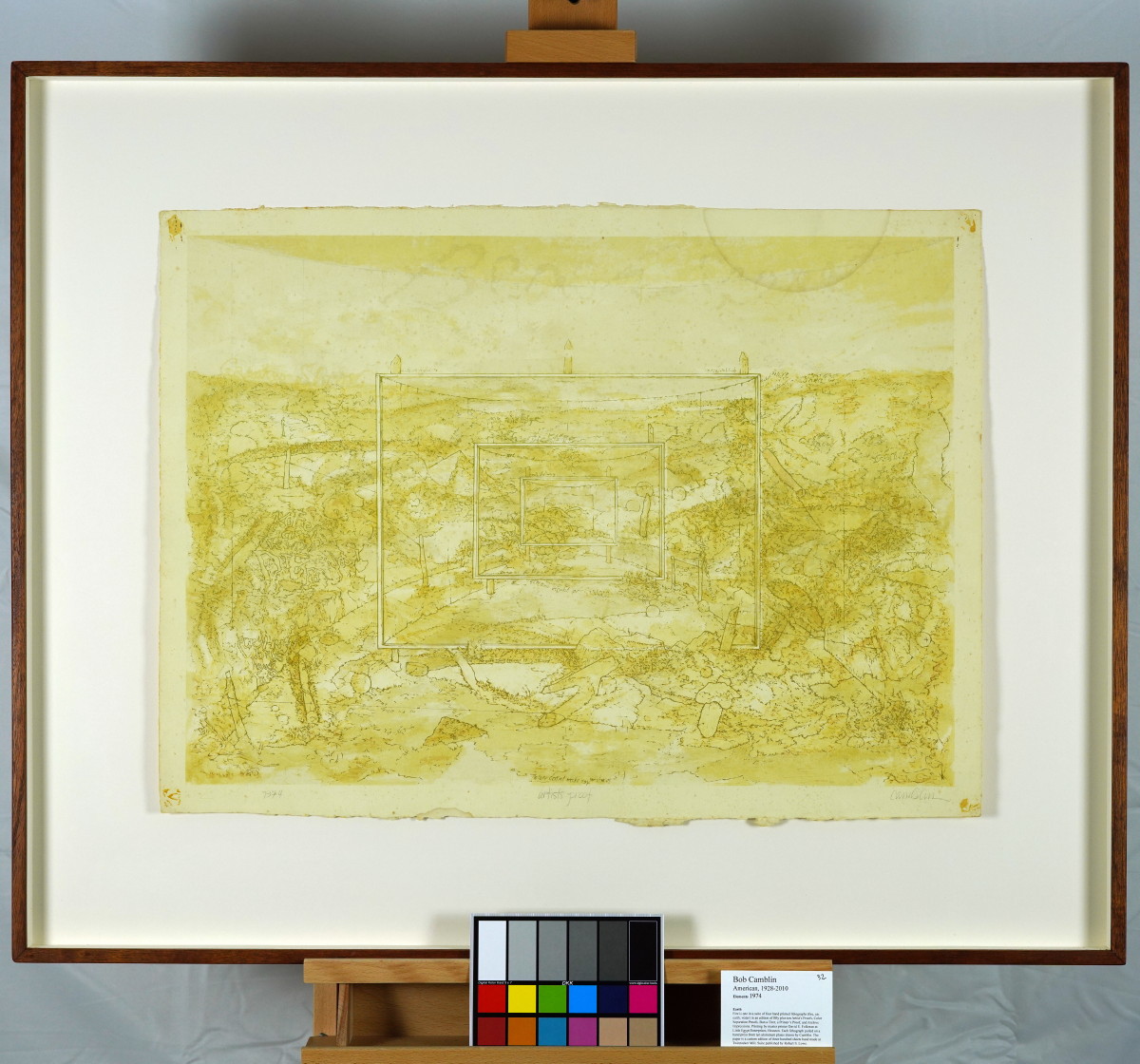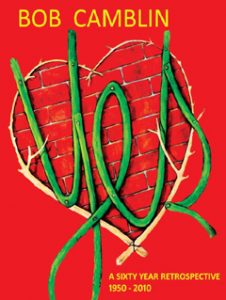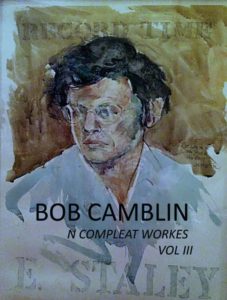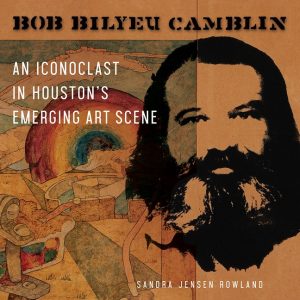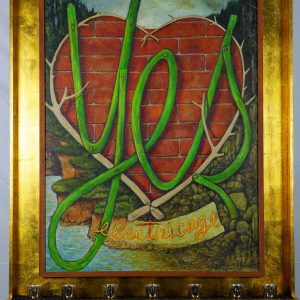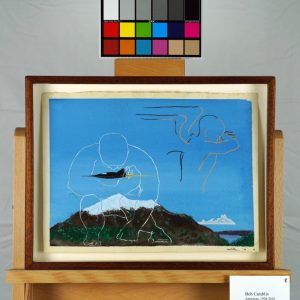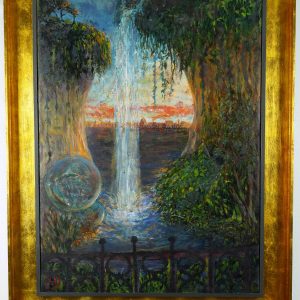Description
Earth, 1974Lithograph on Twinrocker
Signed Artist’s Proof with two printer’s chops (what’s the reason for this?)
Part of The Elements suite
22 x 30in. (image)
32.5 x 40.5 in. (frame)
original, includes certificate of authenticity from ArtTrust
The lithograph “Earth” offers a visual meditation on the impermanence of thought and language. It was printed at Little Egypt Studios as a set and included “Fire”, “Air”, and “Water”. The artwork appears to depict a series of interlocking frames or portals, creating a recursive visual effect, with each frame leading further into a seemingly infinite landscape. The landscape itself is detailed with intricate, textured lines that suggest a natural setting, perhaps a forest or meadow, with paths and various objects dispersed throughout. The color palette is subdued, dominated by earthy tones like beige and light brown, adding an aged or historical quality to the piece.
In Zen philosophy, the idea of infinite frames or portals can represent the endless nature of perception and experience. Each frame symbolizes a layer of reality or consciousness, suggesting that our understanding of the world is multi-layered and ever-expanding. The practice of Zen encourages going beyond these layers to experience the true essence of reality, much like moving beyond the frames in the artwork. The recursive pattern can also signify the cyclic nature of existence, embodying the concept of “samsara,” or the endless cycle of life, death, and rebirth.
Relating this image to the I Ching, the notion of recursive frames can connect with the Hexagram “Wu Wang” (Innocence), which emphasizes spontaneity and the natural state of being. It suggests that by aligning oneself with the natural flow of the universe and remaining free from preconceived notions, one can experience the pure and unadulterated essence of life. The recursive visual can also relate to the idea of continual refinement or transformation, much like the changes described in the I Ching as one hexagram shifts to another.
Bringing together the Zen and I Ching perspectives, the artwork could be seen as an invitation to explore the depths of consciousness and the layers of reality. The frames act as metaphorical gates, each representing a level of insight or understanding, encouraging the viewer to look deeper and question what lies beyond the immediate. The visual recursion emphasizes the idea that every realization or enlightenment opens up another path, perpetually unfolding.
The recursive nature of the frames and landscape recalls artistic themes from Surrealism and Escher’s mathematical and spatial explorations. The intricate line work and earthy tones evoke a traditional etching style, which could relate to the works of Renaissance artists who explored perspective and depth. The concept of framing as a visual motif can also be linked to postmodern discussions about art, where the “frame” itself becomes a subject of critique, questioning what constitutes art and reality.
*Shipping cost will vary, please inquire at sales@camblingallery.com before purchasing.
Currently ships from Oregon, USA
Member of artnet? Apply for a discount! Inquire about intergallery and permanent loans for museums.
Earth is one in a suite of four hand printed lithographs (the others in the series are air, fire, water) in an edition of 50 plus 10 Artist’s Proofs, color separation proofs, a bon a tierer, a printer’s proof, and archive impressions. Printed by master printer Dave Folkman at Little Egypt Enterprises in Houston. Each lithograph is pulled on a hand press from 10 aluminum plates drawn by Camblin. The paper is a custom edition of 300 sheets hand made for this edition by Twinrocker Mill. Suite originally published by Robert S. Lowe
“Earth” was featured in his Yes Retrospective, in volume III of the series Bob Camblin N Compleat Workes, and in Sandra Jensen Rowland’s monograph, Bob Bilyeu Camblin – An Iconoclast in Houston’s Emerging Art Scene.
Reproductions of this drawing are available in multiple sizes!
Click here to use our high-resolution viewer!
This artwork is available with a non-fungible token to ensure traceability and transparency of provenance.
The royalty factor – Unlike traditional artworks, such as paintings, mosaics, statues, and the like, NFTs can be programmed to provide royalties to you every time the painting (and token) is sold and resold – for eternity. That mind-bending Camblin you sold could be worth millions one day and provide income for your great-great-great grandkids!
Anti-forgery – The central idea underpinning NFTs is that they are built on the blockchain, which is meant to offer advanced security. Think of it like an un-erasable and un-avoidable copyright.
Easy authentication – Another compelling aspect of NFT art and NFTs in general is the ability to quickly and easily authenticate items, as the record of ownership is scrupulously kept on the blockchain.
